Results
-
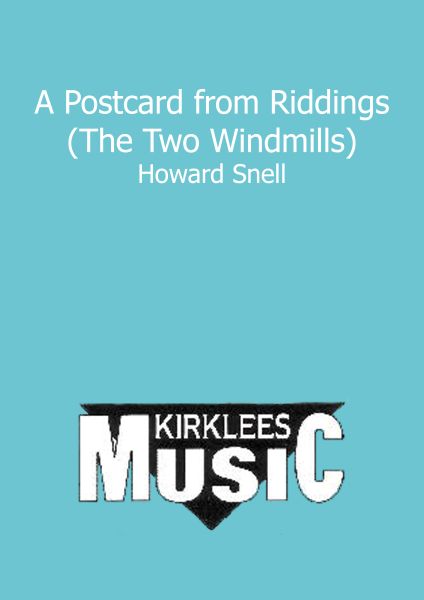 £40.50
£40.50A Postcade from Riddings (The Two Windmills)
Estimated dispatch 7-14 working days
-
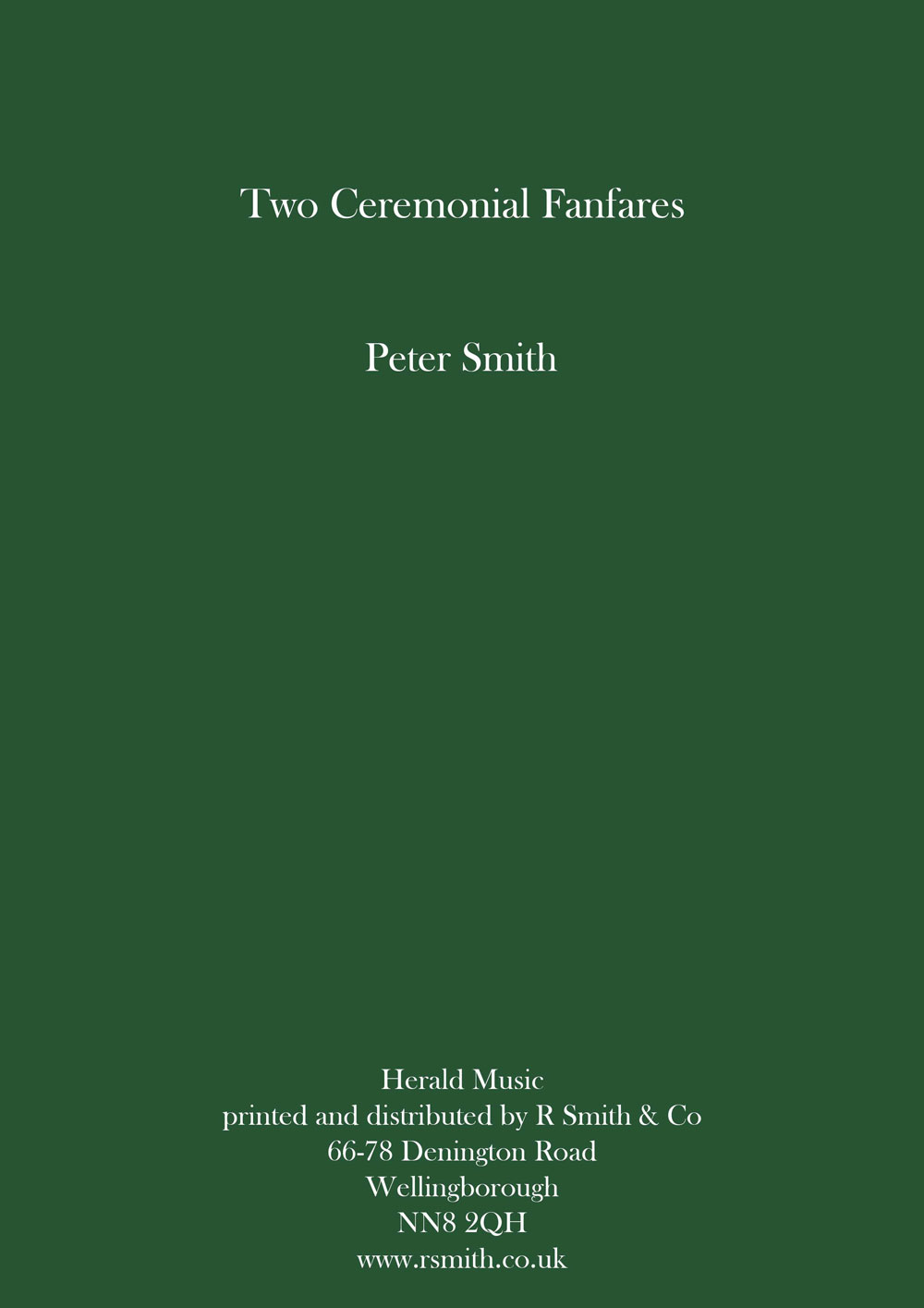 £9.95
£9.95Two Ceremonial Fanfares (Brass Sextet)
Includes: Con Brio; Heraldry. Parts included for 3 trumpets, 3 trombones and percussion
Estimated dispatch 7-14 working days
-
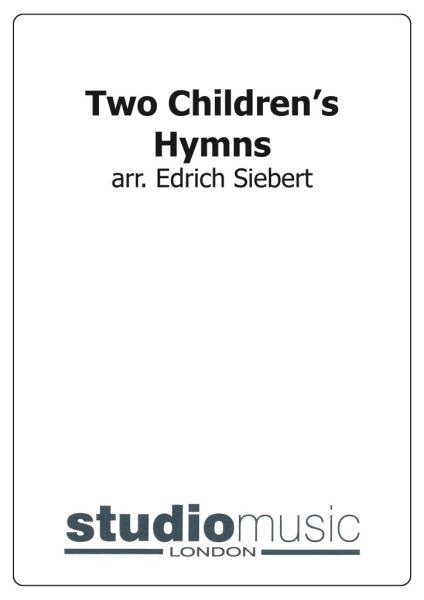 £24.95
£24.95Two Children's Hymns
This set is march card sizedIncludes: All Things Bright and Beautiful; Jesus Bids Us Shine.
Estimated dispatch 7-14 working days
-
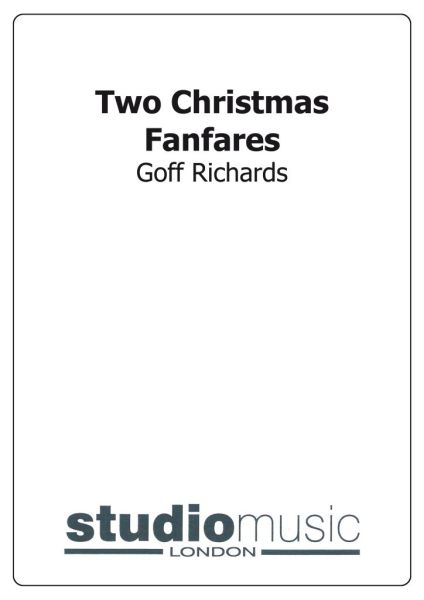 £37.95
£37.95Two Christmas Fanfares
Estimated dispatch 7-14 working days
-
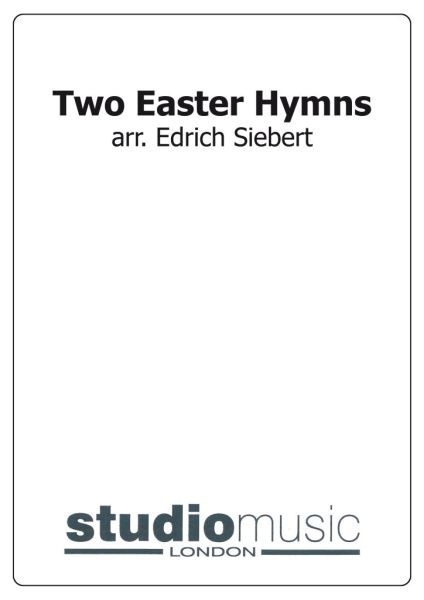 £24.95
£24.95Two Easter Hymns
This set is march card sizedIncludes: The Old Rugged Cross; Christ the Lord is Risen Today.
Estimated dispatch 7-14 working days
-
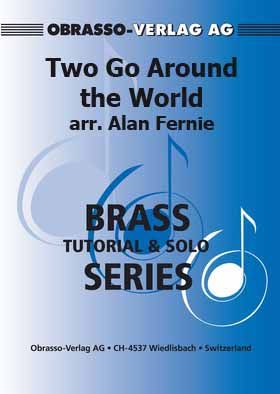 £15.60
£15.60Two Go Around the World
Parts include for 2 Bb Instruments, Bb and Eb Instruments, Eb and Bb Instruments and 2 C Bass Clef Instruments.12 Easy Duets for various Brass Instruments includes: Bailero; John Peel; Men of Harlech; Santa Lucia; The Cuckoo; Danny Boy; Casatchok; The Flowers of the Forest; Banana Boat Song; The Chicken Reel; Pokarekare Ana; Waltzing Matilda.
Estimated dispatch 7-14 working days
-
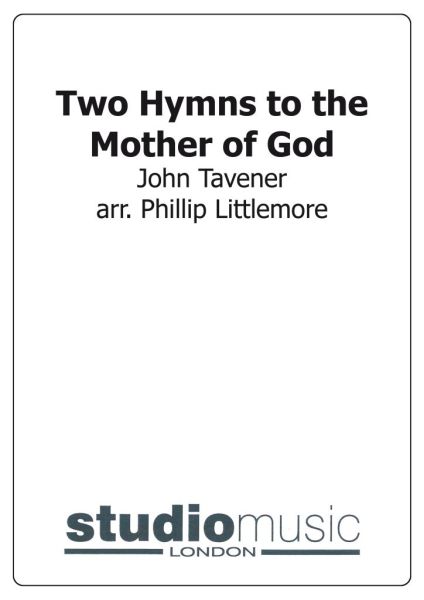 £42.95
£42.95Two Hymns to the Mother of God
Includes: A Hymn to the Mother of God
Estimated dispatch 7-14 working days
-
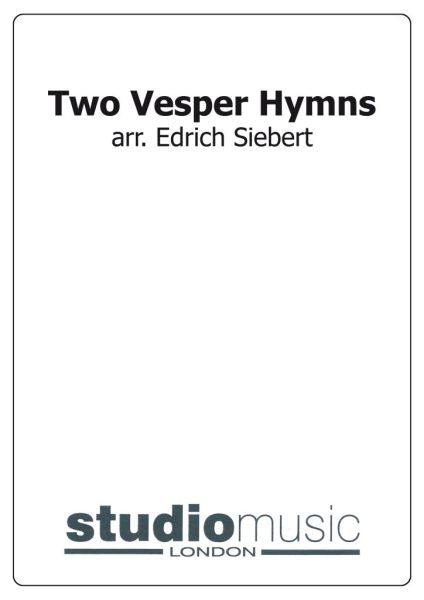 £24.95
£24.95Two Vesper Hymns
This set is march card sizedIncludes: Lord, Keep us Safe this Night; God Be with You (Till we Meet Again).
Estimated dispatch 7-14 working days
-
£25.00
-
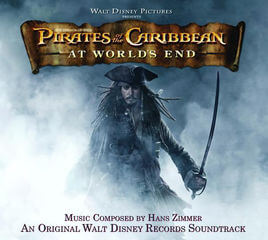 £37.50
£37.50At World's End - Hans Zimmer - Gavin Somerset
'At World's End' is the third film in the 'Pirates of the Caribbean' series. Whilst currently holding the record for the most expensive movie made at the time of release, reviews of the film were mixed and many thought it not as good as its two predecessors. However as with many films, those that have failed to impress on screen can leave behind a soundtrack that remains powerful and popular. Hans Zimmer's music for this third film pulled on the main themes used in the previous two movies with some added material. This arrangement incorporates the new themes from the film, not previously released for band and features the stunning track 'Up Is Down'. This is a work full of energy and one that will engage audiences and performers of all ages. To download the Solo Cornet part, please CLICK HERE . To download the Solo Horn part, please CLICK HERE . To download the Solo Euphonium part, please CLICK HERE . To download the playback audio to play along to, please RIGHT CLICK HERE & Save As .
In Stock: Estimated dispatch 1-3 working days
